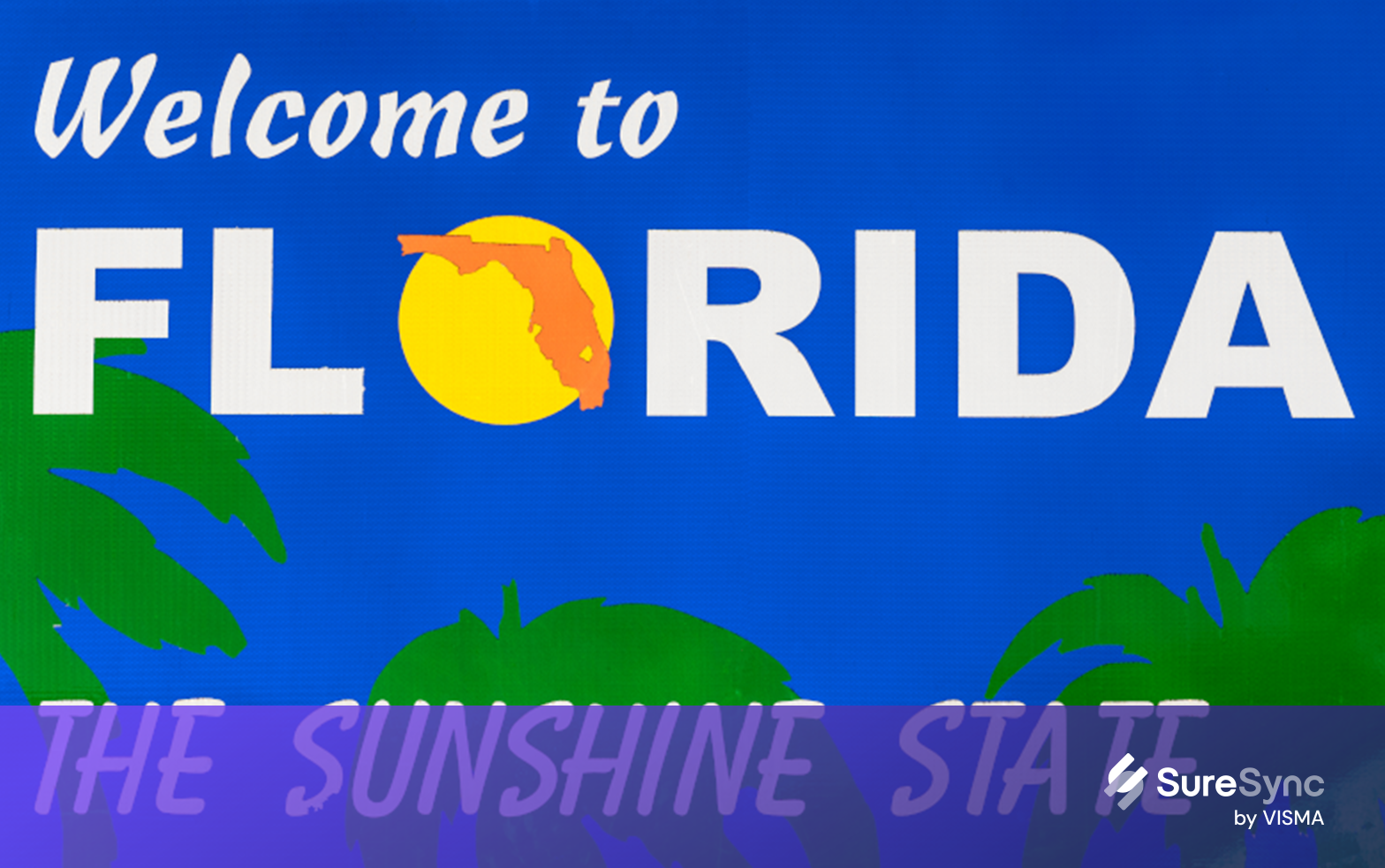How machine learning helps Team Visma | Lease a Bike fuel up
Those who follow us on social media know that we’re passionate about sports - especially Team Visma | Lease a Bike, one of the best cycling teams in the world. As their proud first title sponsor, Visma is committed to enhancing the team’s performance with cutting-edge technology. This is where SureSync comes in. In this article, discover how our advanced machine learning solutions help optimise the team’s performance.
Fueling up to the finish line
According to Team Visma | Lease a Bike, Tour de France cyclists burn an average of 6,000 - 10,000 calories per day. As you can imagine, proper nutrition is vital to ensure that athletes have the right amount of energy before, during, and after every race. This is especially important during a grand tour, which can last up to three weeks. For these events, Team Visma | Lease a Bike travels with a dedicated cook and a specially outfitted bus to stock necessary ingredients. For coaches to accurately determine which kind of ingredients the riders will need and how much requires precise calorie burn estimates for each cyclist.
Did you know? During big races, cyclists typically eat breakfast, snacks throughout the race, two recovery meals, dinner, a snack in the evening and sometimes even a pre-race meal as well!
Traditionally, coaches would start preparing calorie estimates more than three weeks in advance, based on factors like stage profile, cyclist weight, elevation, and total distance. But out on the track, unexpected conditions like weather changes or tactical shifts often affect the riders’ energy expenditure, meaning estimates would need to be recalculated before each stage of the race. Needless to say, it was a very time-consuming exercise. This is where SureSync stepped in to innovate, improving the process with automation.
Machine learning to the rescue
The first step was to collect the necessary data to fuel our insights. Each bike is equipped with a Garmin device, providing the actuals, such as total distance and climbing meters. Additionally, a crank-based power metre delivers precise calculations of calories burned. We use TCX files (a data exchange format used to share data between fitness devices) with GPS coordinates to analyse race profiles, including distance and climbing metrics. Information about each rider, including weight, height, and role (sprinter vs. climber, for example), is also gathered. Finally, we account for external variables, combining weather forecasts with GPS data to calculate wind effects, distinguishing between tailwinds or headwinds.
Data gathering and visualisation is powered by a data management and analytics performance platform for athletes. Coaches use this environment to import the data from the Garmin devices, allowing for precise forecasting. The process also includes pre-processing and removing outliers. For example, if a cyclist forgets to turn off their Garmin device, we exclude this “noise” to maintain accuracy. We also made some variables relative, such as power, energy and elevation, to make it easier to compare stages and races.
Using this data, we apply supervised learning to train our algorithm for accurate calorie predictions. This is a regression problem, and we use the random forest machine learning algorithm to solve it.
The results
So, how accurate is the resulting model? The machine learning model achieved an accuracy rate of 82%, significantly outperforming the manual prediction method’s accuracy of 52%. Coaches can now access results in a split second, meaning they have both saved time and enhanced performance strategies.
The Athletes FoodCoach App
SureSync’s technology integrates seamlessly with The Athlete’s FoodCoach App, forming the foundation for performance optimisation. With accurate calorie estimates powered through machine learning, coaches can simply enter these figures into The Athlete’s FoodCoach App, which will process the data and provide precise sample meal recommendations with optimised proportions tailored to each cyclist’s needs. And that’s how our team keeps winning!
Interested in improving your nutrition? Check out the The Athletes FoodCoach App on the Apple App Store and Google Play. Feel free to reach out if you’re also focused on improving your business with automation.


